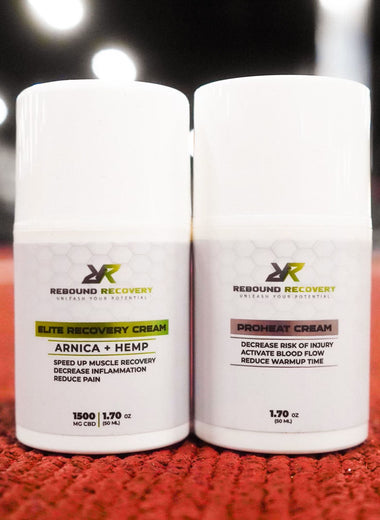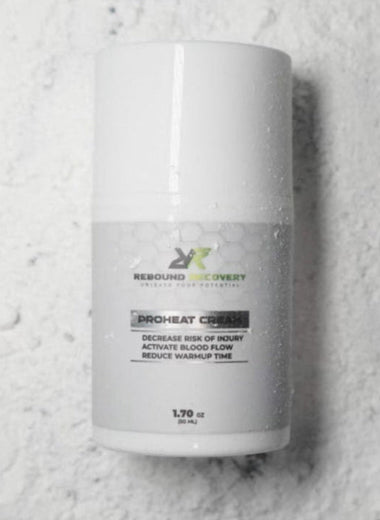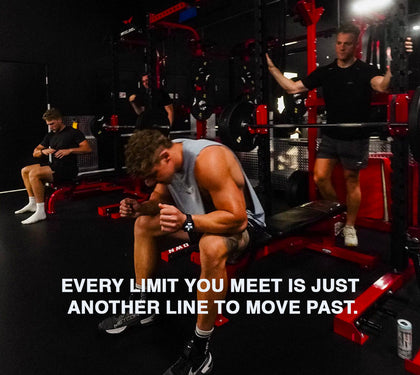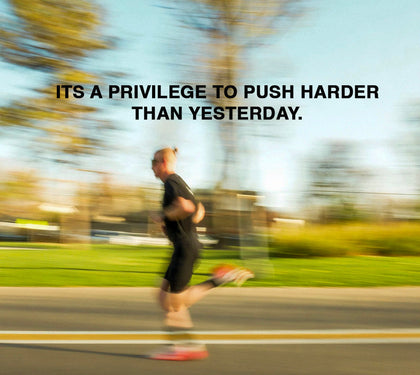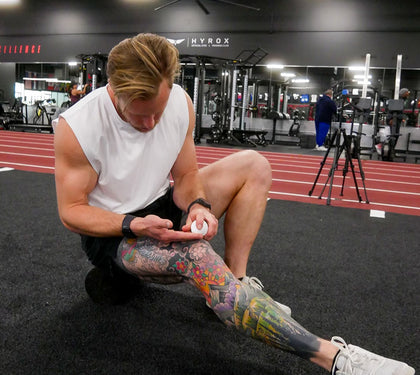Estimated Read Time: 4–5 minutes
Recovery isn’t just about taking rest days.
It’s about building a system that supports your body consistently—before, during, and after the work.
And the truth is, recovery has to be personal.
Your training volume, soreness patterns, sleep, and stress levels all shape what you need.
Here’s how to build a recovery routine that works for your body and your goals.
Step 1: Understand Your Training Load
The more volume or intensity you stack, the more support your body needs.
Track your weekly load:
-
Running: total mileage + vertical gain
-
Strength: total tonnage + intensity (RPE or % max)
-
Hybrid: frequency + time under tension + fatigue cues
If your weekly load jumps by more than 10% without adjusting recovery, you’ll eventually feel it, usually in the form of poor sleep, stiffness, or mental fatigue.
Use your training metrics as a signal to scale recovery, not just output.
Step 2: Identify Your Recovery Gaps
Recovery needs are personal. Start by asking:
-
Where do you get sore or inflamed most often?
-
Are you sleeping through the night?
-
Do you feel ready to move the next day or just not sore?
-
What’s stopping you from recovering better? Time? Tools? Focus?
This shows you what part of the system needs reinforcement—nutrition, mobility, breathwork, or muscular recovery support.
Step 3: Build a Modular Routine
The best recovery routines are simple, flexible, and repeatable.
Here’s a sample framework:
Daily
-
10–15 min mobility in the evening
-
Breathwork or nasal breathing before bed
-
Apply Elite Recovery Cream to high-tension or inflamed areas
-
Prioritize 7–9 hours of sleep
Training Days
-
Pre-workout: ProHeat Cream on active joints or tight areas
-
Post-workout: Protein, hydration, mobility cooldown
-
Light walk or stretch session later in the day
High-Stress Days
-
Reduce caffeine
-
Extend evening wind-down routine
-
Focus on parasympathetic resets (mobility, magnesium, no screens)
You don’t need to do everything every day. Just do the things that move the needle for your body.
TL;DR
-
Your recovery should match your training—not someone else’s plan
-
Start by understanding your load and your most common weak points
-
Build a flexible system that you can repeat
-
Elite Recovery Cream and ProHeat Cream can plug into your routine at key points
Recovery Is a System, Not a Shortcut
Recovery doesn’t work in isolation.
But when it’s personal and consistent, it becomes a tool that makes everything else work better.
Start with what you need most—and build from there.
Explore Elite Recovery Cream
Read the cornerstone guide on Rebound Recovery for athletes
